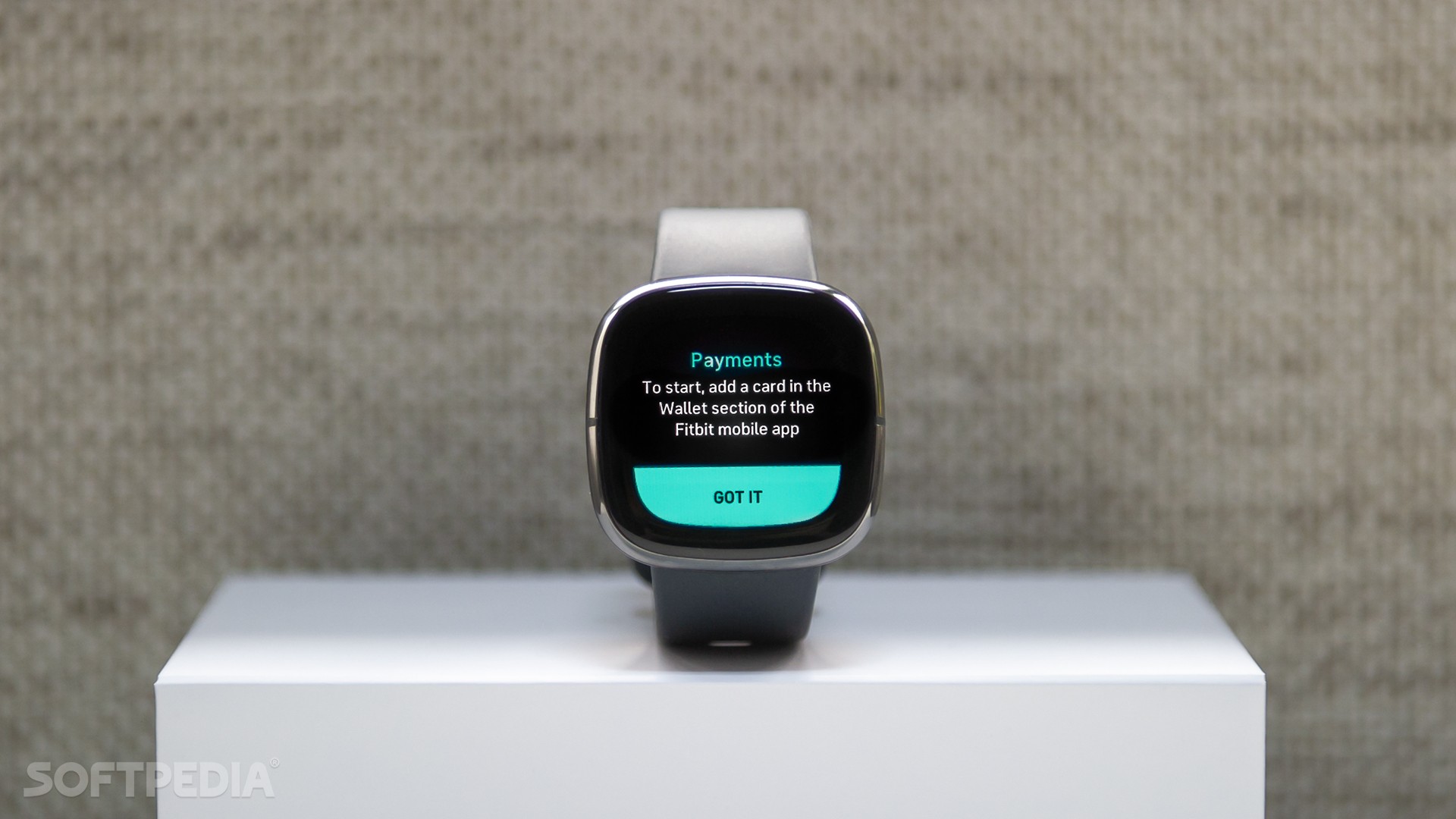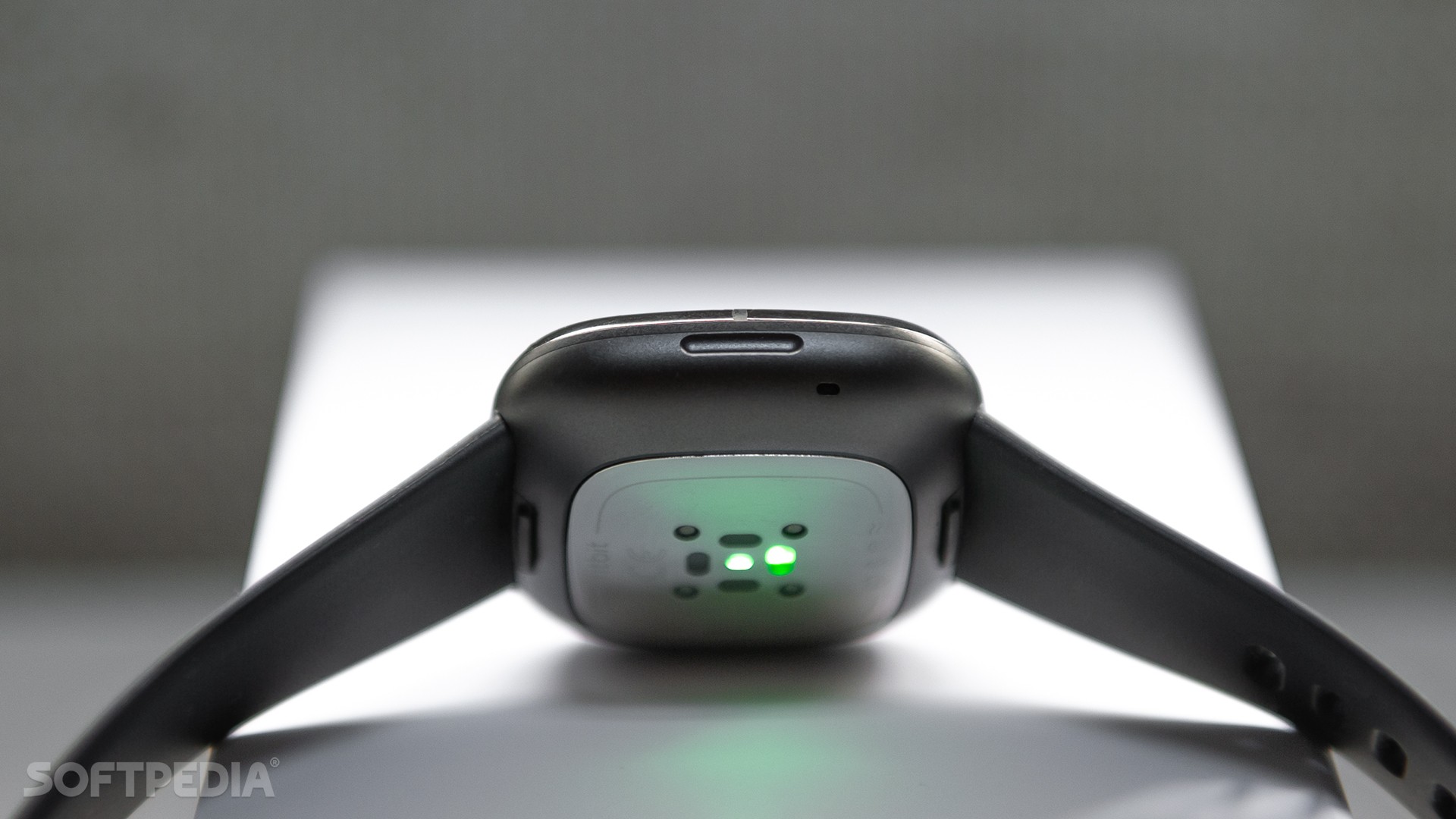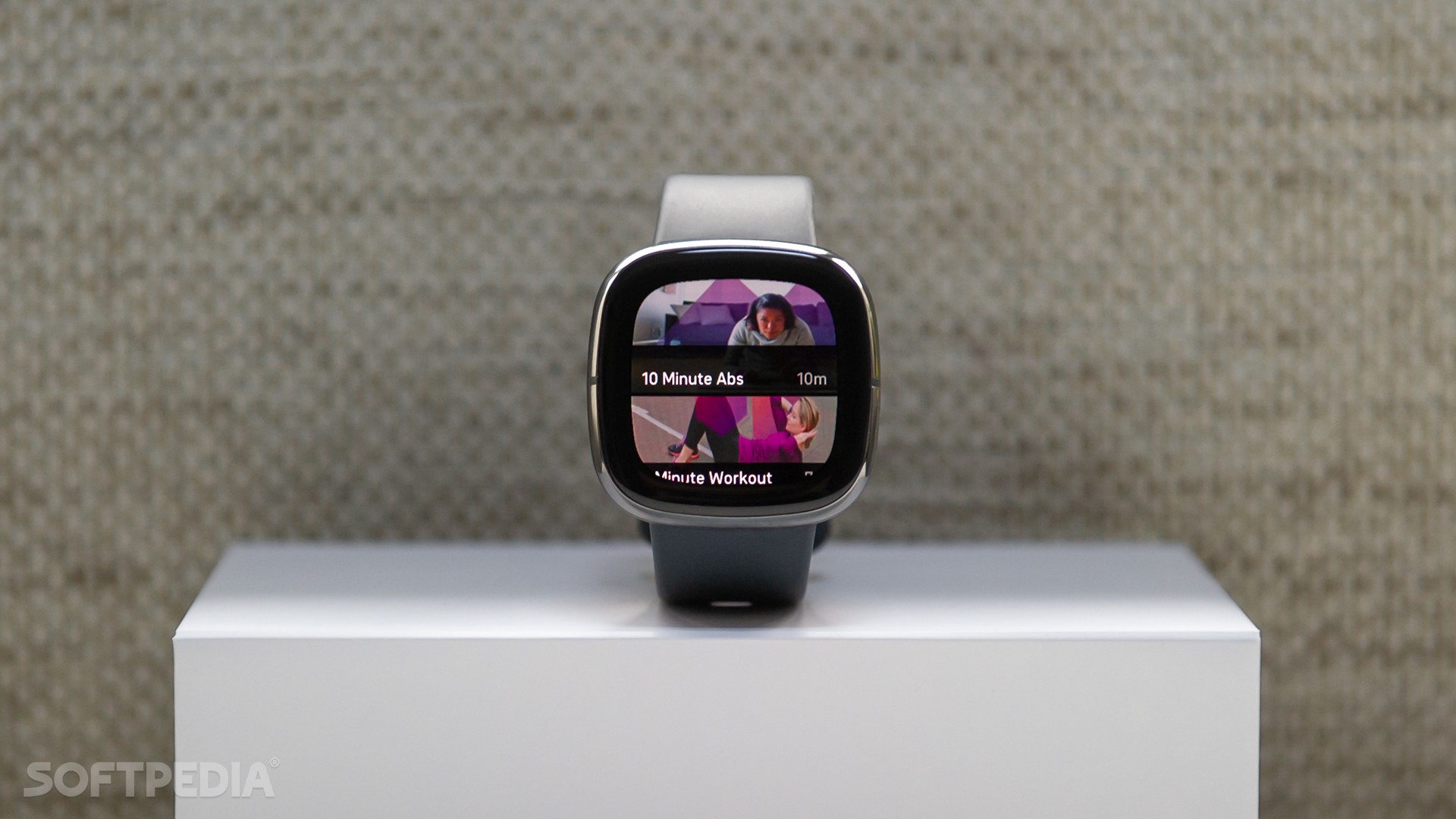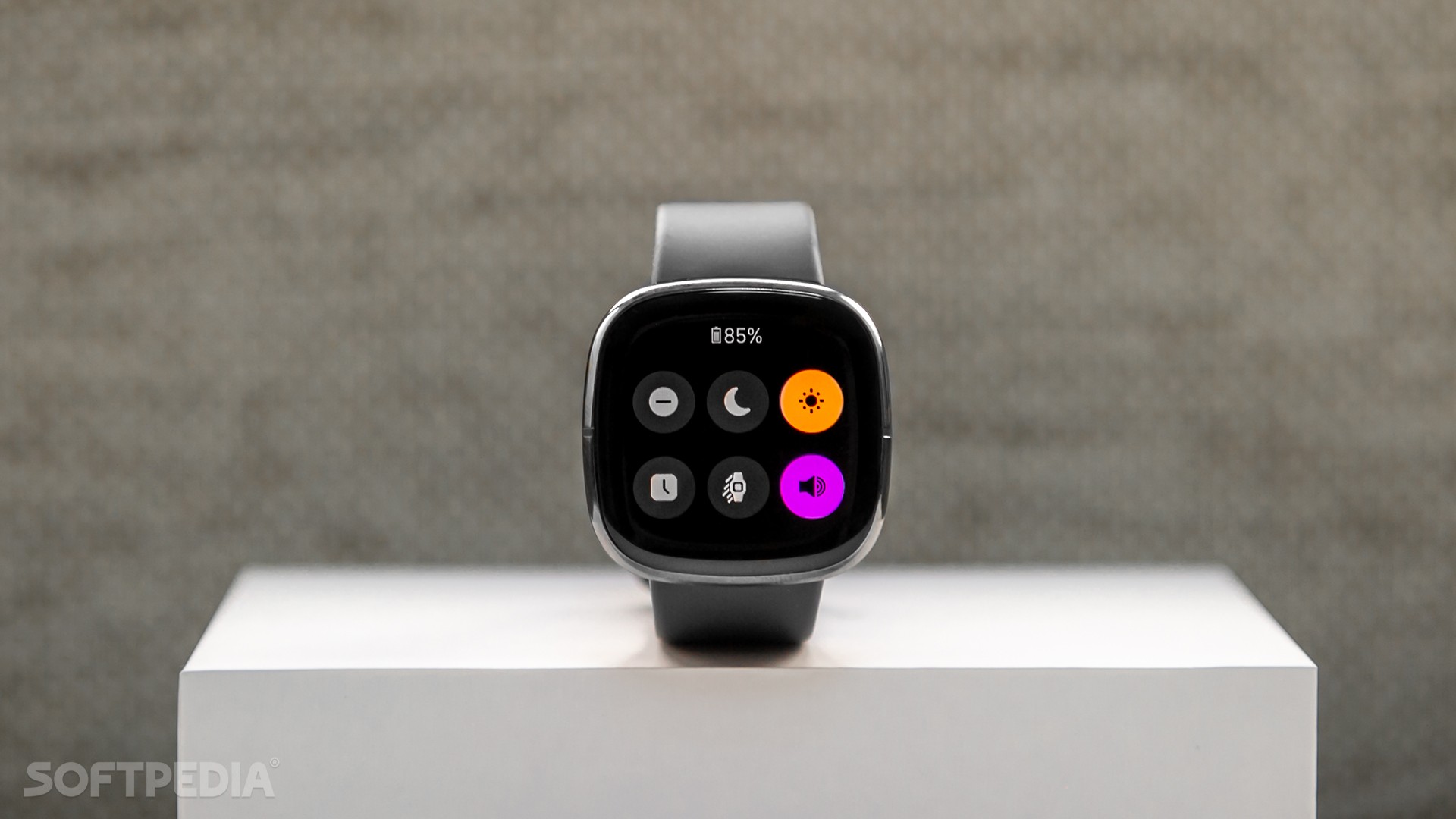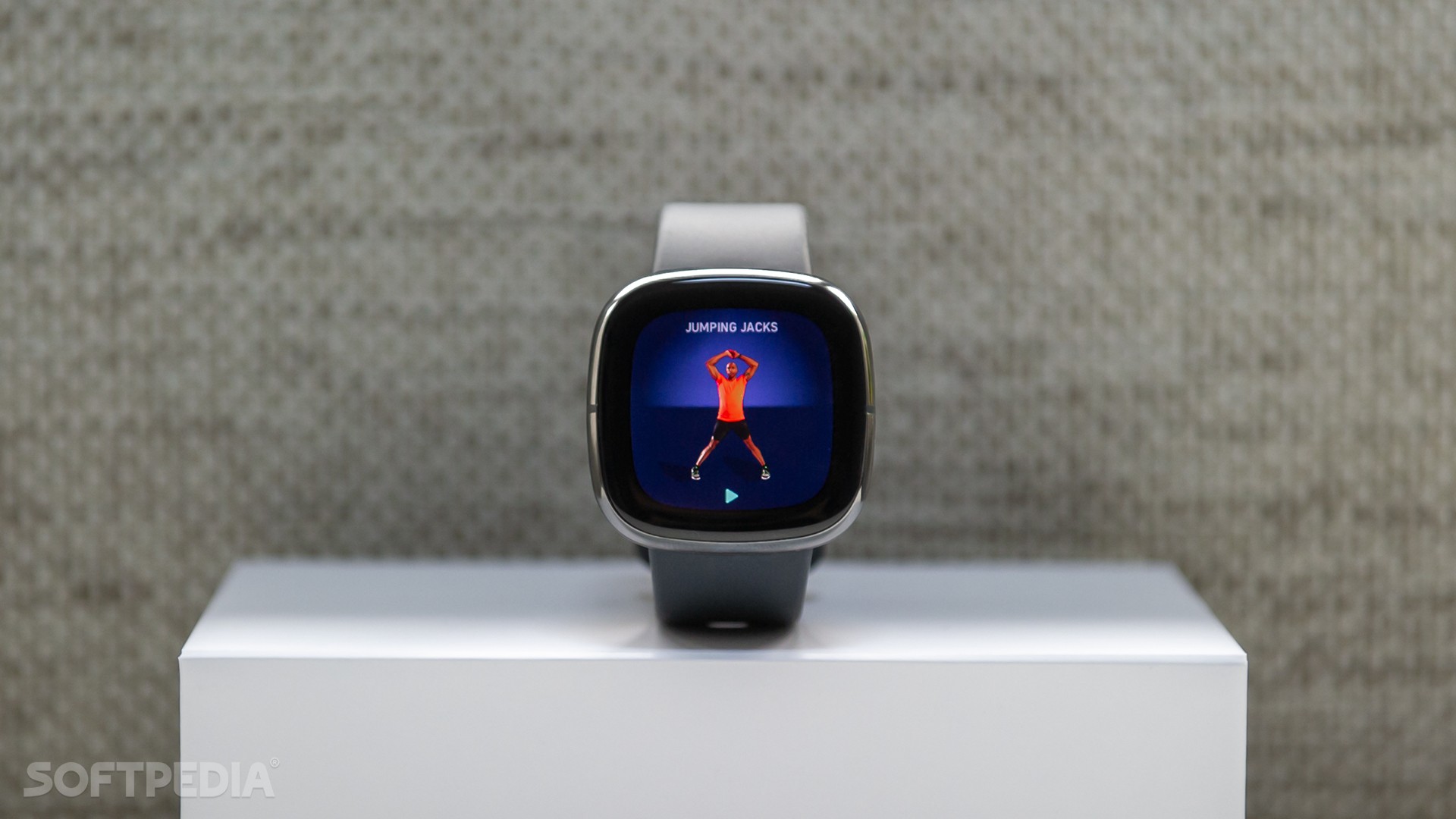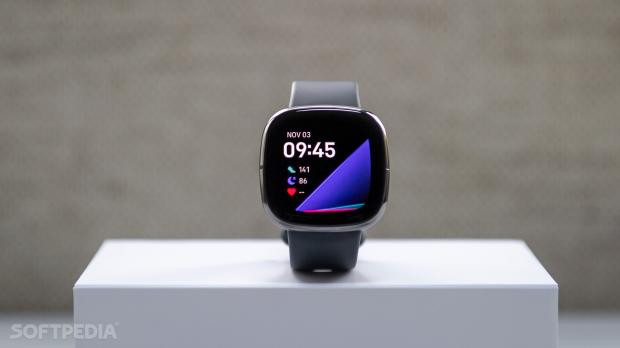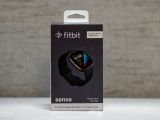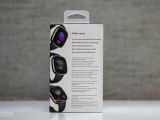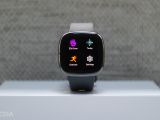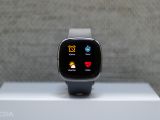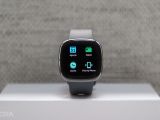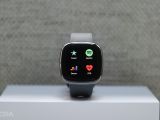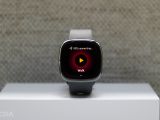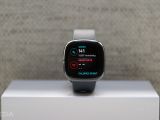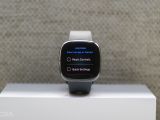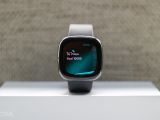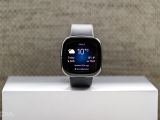Fitbit has long been a pioneer in the activity tracking field, and devices like Surge and Charge certainly set new standards for the entire industry.
Times have changed though, and the debut of the Apple Watch pushed Fitbit into a direction that the company more or less managed to embrace successfully.
It all comes down to a mix of smartwatch capabilities and activity tracking features, which for Fitbit was at one point a combination of new and old, unexplored and legacy know-how.
Both the original Versa and the Versa 2 were living proof that Fitbit was ready to go head to head with the Apple Watch, despite maintaining its focus on activity tracking. And in many regards, Fitbit’s devices have always been more advanced than the Apple Watch, only that the company lacked the marketing power that allows Apple to sell pretty much anything at a premium price.
Fitbit is back in the game this year with Sense, an all-new device that lands during rather uncertain times. The company will soon become a Google-owned brand, and many believe that the 2020 device lineup serves as a transition series before the Mountain View-based search takes over full control.
Nonetheless, the Fitbit Sense is a surprising device, and you’ll figure this out on your own the moment you unbox it. Premium is the term that best describes the Sense, which to be honest, is something rather unexpected after trying out and using the Versa for quite a while. I mean, I loved my Versa 2, but this activity tracker was far from being a premium device. And certainly, it was far from the exquisite build quality that the Apple Watch offered in the first place.
Things are changing with the Sense, and you really cannot not love the design of the watch. Shiny stainless steel is now being used for the case, while the display is covered in Gorilla Glass for extra durability. This is a combination that makes sense on a premium device, and given the Sense is supposed to be used for tracking all kinds of activities, it certainly doesn’t disappoint.
The Sense comes with a touch-sensitive button on the left side of the screen, and it takes a while to get used to it. You can customize its purpose according to your preferences, but unfortunately, I found myself accidentally pressing the button on more than one occasion. And it’s all because, during various activities, such as cycling, it’s really easy to touch the button with the dorsal side of the hand without even noticing it, all using rather common moves.
The design of the Sense is clearly inspired by the Versa but features a great number of premium refinements, though it retains one that many would actually hate. The bezels are still huge for a device launched in 2020, and these are clearly visible in direct sunlight and with various watch faces, so hopefully, the next Fitbit device would deal with the whole thing and come up with a more modern design.
I’m not saying that Fitbit should go the same path as Apple, but chunky bezels for a premium device that costs $329 isn’t necessarily the best way to go in terms of looks.
Fitbit Sense features
So as far as the design is concerned, it’s pretty clear that the Sense is Fitbit’s most premium device ever, though there’s no doubt there’s plenty of room for additional improvements.
But when it comes to features, the Fitbit Sense is a monster. And comparing it to the Apple Watch makes no sense at all.
Everything starts with an impressive lineup of sensors and components that are responsible for how everything works:
- Multi-path optical heart rate sensor
- Multipurpose electrical sensors compatible with ECG app & EDA app
- Gyroscope
- Altimeter
- 3-axis accelerometer
- Skin temperature sensor
- Ambient light sensor
- Wi-Fi (802.11b/g/n 2.4GHz)
- NFC
- Built-in GPS + GLONASS
- Vibration motor
- Speaker (75dB SPL @10cm)
- Microphone
Let’s start with the basics and advance to the new-generation capabilities gradually.
First of all, the Sense comes with an integrated GPS sensor, which means that tracking your activities no longer requires a mobile phone. Goodbye Connected GPS, hello free running!
Like its predecessors, the Sense offers all-day activity tracking with a sleep mode, active zone minutes, heart rate zones to better monitor your heart activity, a do not disturb mode to keep things quiet when you need it, as well as super-advanced sleep analysis with a score that lets you figure out how good you’re sleeping and what needs to be improved.
As a matter of fact, Apple Watch has also been updated with a rather basic sleep monitoring feature, but the amount of data you get from Fitbit is ridiculously impressive, and it includes how much time you spend in light, deep, and REM sleep modes, sleep quality information, and the score I told you about earlier.
Of course, there’s support for monitoring the majority of workouts out there, and the Sense also supports swimming, which for me is quite critical since in the good old days before 2020 went crazy I used to swim several times every week. Counting laps and automatically detecting the swimming style is mandatory, and Fitbit Sense does both pretty accurately.
Now let’s get to the hard stuff.
New this year is oxygen saturation monitoring, and this helps detect not only potential health problems but also changes affecting your fitness level and wellness. However, in order to measure SpO2 levels, you need to activate dedicated faces from the store, as there’s no stand-alone app to do this on demand. These features only determine the average SpO2 level during the night, and with a Fitbit Premium subscription (a free six-month trial comes with the watch) can keep an eye on trends in the long term.
This is one of the letdowns, as others, such as the Garmin fenix 6 series, allow you to determine the amount of oxygen in the blood at any time with a press of a button.
Another Sense feature that should further be refined is the skin temperature. We live during super-awkward times, and tracking the skin temperature has become a thing that’s way too common, simply because we have no other option. And Fitbit Sense can indeed measure your skin temperature, only that it does the whole thing in an odd way.
The device only determines your temperature during the night (you need to wear the Sense for three nights in a row to activate this feature), and instead of a value, you get a personalized baseline that will help you keep track of how everything evolves over time. Needless to say, while this comes in handy in the long term, there’s no doubt that simply measuring the skin temperature and getting an actual value with a press of a button would have been a lot more convenient, especially these days.
Fitbit Sense also comes with ECG support, a feature that was enabled with an October update and which allows you to detect signs of atrial fibrillation early. As you probably know already, the ECG support is something that’s rather common these days, and the Apple Watch has it too, though I think that Fitbit Sense provides one of the most straightforward and useful implementations.
Not only that you’re offered a detailed analysis in the Fitbit companion app, but you can also create a PDF document with the ECG results and share them with your doctor. This is something that no other company did before, and it once again shows that Fitbit remains a pioneer in terms of health and tracking capabilities.
Fitbit’s stress measuring capabilities are also getting an overhaul on the Sense with the EDA Scan app. Here’s how the whole thing works in Fitbit’s own words:
“The new EDA sensor on Fitbit Sense measures electrodermal activity responses. Using the EDA Scan app, place your palm over the face of the device to detect small electrical changes in the sweat level of your skin. Measuring your EDA responses can help you understand your body’s response to stressors and help you manage your stress. You can do a quick EDA Scan session on device to see your responses, or pair it with guided mindfulness sessions in the Fitbit app to see how your body responds during meditation or relaxation. At the end of your session, you will see an EDA response graph on-device and in the mobile app11 to gauge your progress over time and reflect on how you feel emotionally.”
And that’s not all. The Sense can also offer high and low heart rate notifications, monitor your breathing rate, track your heart rate 24/7, and log menstrual health.
At the end of the day, it’s pretty clear that in terms of health features and activity tracking, Sense is a testament to Fitbit’s know-how in this field, and right now, only a few companies have what it takes to call themselves a rival.
But as I said earlier, Fitbit no longer affords to ignore smart capabilities, so the Sense is an evolution of what we got on the Versa 2. As a result, we get Fitbit Pay, always-on display mode (which is a must-have personally), fast charging (you’re supposed to get enough juice for a full day in just 12 minutes; charging the device from 0 to 100% takes a little over one hour), call, text, and app notifications, and beginning this year, Google Assistant integration.
Fitbit Versa already shipped with Alexa integration, but Fitbit has decided to expand the assistant support with Google’s own tech. The feature isn’t yet available and is supposed to go live with a software update by the end of the year.
As far as the notification support is concerned, the Sense comes with the same drawbacks as its predecessors, and the experience on the iPhone, for example, remains pretty limited. You’re not getting any option to interact with notifications, so for example, you can’t reply to a message or an email from the watch. What you can do, however, is read messages received via text or apps like WhatsApp just clear the notifications.
The good news is that Fitbit is learning fast in this smartwatch battle, and the Sense already comes with an established app store with plenty of goodies for you to try out. There are lots of faces that you can install, some of which come at absolutely no charge, but also other apps that could expand the capabilities of the watch even further.
THE BOTTOM LINE
At the end of the day, Sense is Fitbit’s best product ever. Period.
Based on the super-successful Versa, the Sense is living proof that Fitbit learns from its own mistakes, but at the same time, it also listens to feedback.
This is how the Sense has become the premium device that it needs to be, all without losing the activity tracking focus that made Fitbit what it is today.
Sure, it comes with its own hits and misses, but this is pretty much the case with any other gadget out there. If there’s anything I’d like to see improved on the Sense, it’s the skin temperature sensor which could be a lot more useful during these crazy times.
The smartwatch capabilities could be refined too, though Fitbit obviously has to deal with Apple’s walled garden as well, and so could be the design, which should be more modern on a device that’s supposed to be a trend-setter in this side of the market.
Overall, the Sense is the living proof that Google is about to get its hands on quite a gem. Let’s keep our fingers crossed and hope the search giant wouldn’t ruin Fitbit’s magic though.
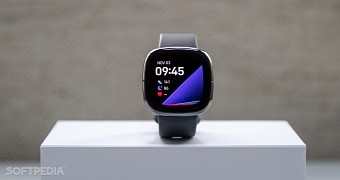
 14 DAY TRIAL //
14 DAY TRIAL // 